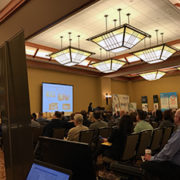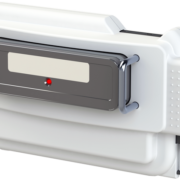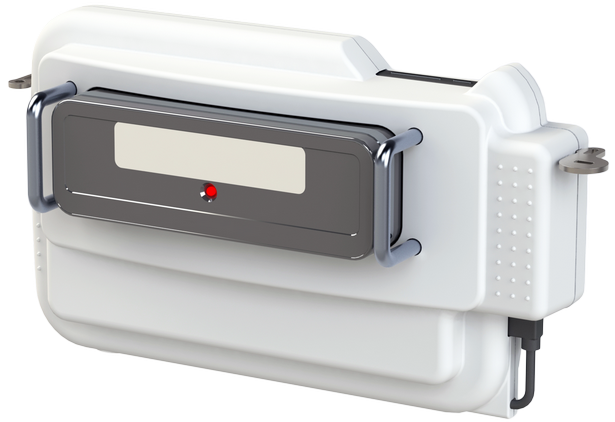Thrive: What Did I Take Away From The HFMA Northern California Spring Conference
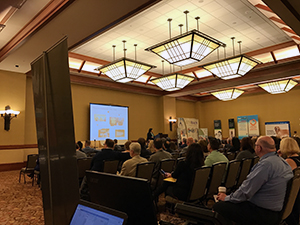
I was staying in Silicon Valley for a few weeks when I realized my visit overlapped with the HFMA Northern California Chapter’s spring conference. I decided to join Mike and meet some interesting individuals, fluent in the language of healthcare, of course. Words cannot express how valuable that decision proved to be.
The weekend began effortlessly enough, as the drive from San Francisco was a mere hour and a half. I walked into the conference just in time to be greeted by a group of friendly and charming people, one of whom was a grinning and caffeinated Mike.
Our booth was decorated by stunning, new pop-up banners his team had designed to perfection. So far, the stage was set for an unforgettable and impactful conference. I quickly learned how unforgettable it would truly be.
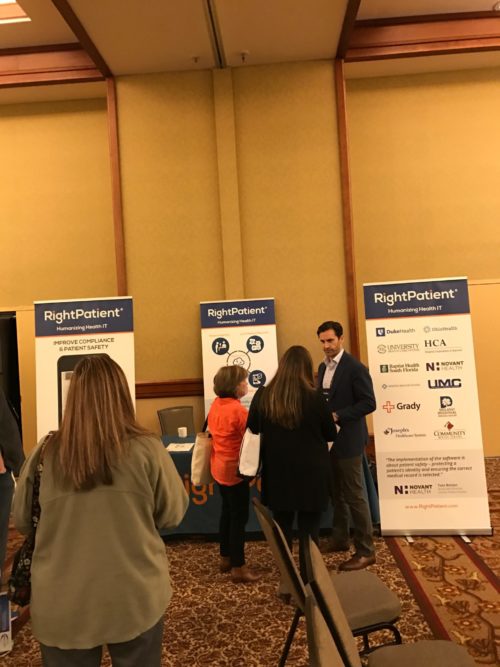
Mary Mirabelli, Vice President at Global Healthcare Services at HP as well as HFMA National Chairperson, took the stage at the show’s onset. As she began speaking, my mind raced with the sole thought of talking to her after her presentation about a potential partnership with HP (of course J). After giving an introduction and describing some of her accomplishments, Mary suddenly shifted to the topic of the show for this year – Thrive. What I imagined was a topic limited to “thriving” within the realm of healthcare suddenly took a turn to encompass a far more expansive and meaningful definition.
Mary shared her story with us – not the edited version, but the real one including life’s challenges and difficult moments. Taking the crowd through a short journey of her own life, she shared the impact of losing her parents at age 14 as well as being a double cancer survivor. Life had taken the craziest jabs at her, but her spirit never shattered. She always stood up and kept moving forward. I was surreally touched by this woman’s story, so much so that I requested to take a photograph with her to show my daughter.
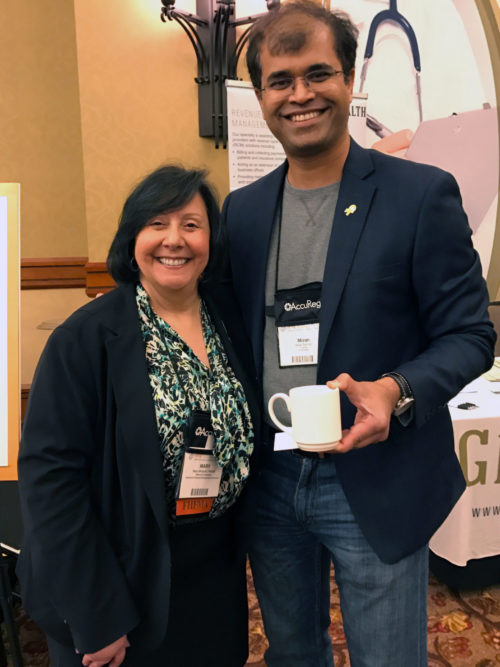
The day proceeded as well as it had began, with great insights from Dignity’s Head of Innovation, to a superb lunch with a side of fantastic conversation with Gary Krboyan from St. Mary’s Home Health Services. Gary is a numbers man, and provided a wise perspective on who RightPatent should target in the home health market. To add to all the fascinating conversation, Mike got to talking with Dignity and Sutter about our mobile app. Suffice it to say, the conference was an amazing experience.
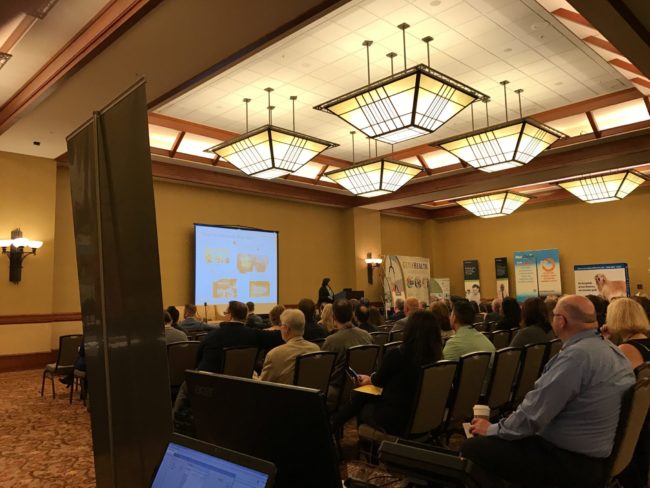
Unfortunately, I had to head out of the conference early to meet a self-proclaimed “connected guy” for dinner at Fisherman’s Wharf. As I was driving back to San Francisco through the rolling green hills to the left and never ending orchards to the right, I kept thinking about Mary and how she thrived regardless of the obstacles that stood in her way. As an entrepreneur, I experience my moments of extremes, as Vinod Koshla of Koshla Venture always mentions: “For entrepreneurs, highs are high and lows are low. It’s a lone journey.” Mary’s experience and tenacity inspires me today, and I hope it does the same for you – to always get back up and thrive.

